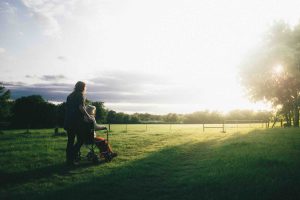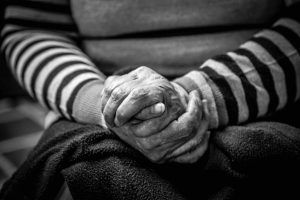If you are considering a nursing home abuse lawsuit in Riverside County, you are likely wondering what steps you will need to go through during the claims process, and how the lawsuit will work more generally. The most important part of any nursing home abuse lawsuit is hiring an experienced nursing home abuse attorney who can help you to hold the nursing home and any other parties accountable. While each lawsuit will have its own particularities based on the facts of the case, the following are general steps that you can expect in a nursing home abuse lawsuit.
Meeting With a Nursing Home Abuse Attorney
The first step in any nursing home abuse case is to meet with a nursing home abuse lawyer in order to receive case evaluations and to select an attorney for your case. When you first meet with a nursing home abuse attorney in Riverside County or elsewhere in Southern California, that lawyer will evaluate your case and will provide you with more information about what you should expect in the case and what type of compensation you might be able to expect.
 California Nursing Home Abuse Lawyer Blog
California Nursing Home Abuse Lawyer Blog











